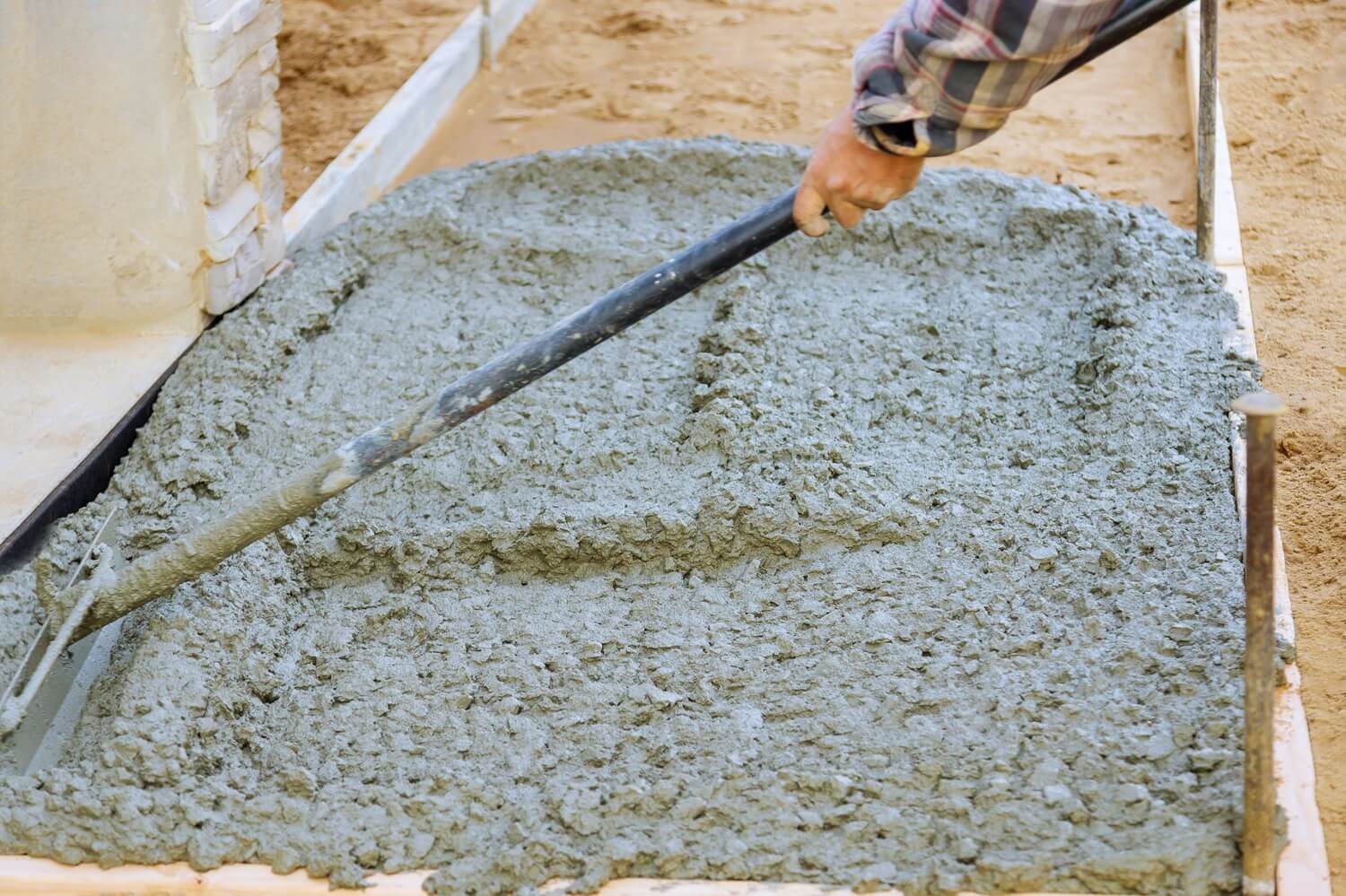How Cement Is Made
Discover how cement is made, from raw material extraction to final production, based on industry practices by a leading cement manufacturer in Malaysia.
How Cement Is Made & How to Choose a Cement Manufacturer in Malaysia
Cement is one of the most essential building materials in modern construction. From skyscrapers to highways and residential homes, cement plays a crucial role in ensuring strength, stability, and durability. But have you ever wondered how this grey powder is made?
Whether you're a contractor, builder, or sourcing from a cement manufacturer in Malaysia, it’s helpful to understand the full journey of how cement is manufactured—from raw material extraction to the final product used on construction sites.
Step 1: Raw Material Extraction
The first step in the cement production process begins with the extraction of natural raw materials. Cement manufacturers source key ingredients like limestone, clay, sand, and iron ore from quarries. These materials are the foundation of cement and are carefully selected for quality and chemical composition.
Responsible cement companies ensure that the extraction process follows environmental and safety standards, minimizing impact while securing long-term material availability.
Step 2: Crushing and Blending
After extraction, the raw materials are transported to a crushing facility where they are broken down into smaller, manageable sizes. The materials are then carefully blended in the right proportions to ensure consistent quality and chemical composition throughout the mix.
Uniform blending is a crucial step that affects the strength and reliability of the cement product eventually distributed by cement suppliers.
Step 3: Heating in the Kiln (Clinker Production)
The blended material is then fed into a large rotary kiln—an enormous cylindrical furnace that rotates while heating its contents to temperatures of up to 1,450°C. At this extreme heat, the materials undergo a chemical transformation known as calcination, which produces clinker, a solid, nodular material.
This stage is considered the heart of the cement manufacturing process. Advanced technology is used to control temperature, energy efficiency, and emissions during kiln operations.
Step 4: Cooling and Grinding
After leaving the kiln, the hot clinker is cooled rapidly to preserve its quality. Once cooled, it is ground into a fine powder and mixed with a small amount of gypsum. The gypsum slows down the setting time of the cement, allowing contractors and engineers enough time to work with the material.
This final step creates the cement powder that is later packaged and distributed by cement suppliers to meet construction demands.
Step 5: Storage, Packaging, and Distribution
The finished cement is stored in large silos before being packaged in bags or transported in bulk to construction sites and suppliers. Reliable logistics, quality assurance, and prompt delivery are key to ensuring cement reaches its destination efficiently.
How to Choose a Cement Manufacturer or Cement Company in Malaysia
Selecting the right cement manufacturer is critical for ensuring the success, durability, and efficiency of your construction projects. Whether you’re working on residential, commercial, or infrastructure development, here are key factors to consider when choosing a cement supplier in Malaysia:
1. Product Quality and Compliance
Ensure the manufacturer offers cement that meets Malaysian Standards (MS) and complies with SIRIM or equivalent certifications. High-quality cement ensures structural strength, longevity, and resistance to weather and wear.
2. Range of Cement Types
A reliable manufacturer should offer a variety of cement types (e.g., OPC, Portland composite cement, or rapid hardening cement) to suit different construction requirements.
3. Supply Reliability and Delivery Coverage
Timely delivery is crucial. Look for manufacturers with strategically located plants and logistics capabilities to support efficient delivery across Malaysia.
4. Industry Reputation and Track Record
Check project references, client testimonials, and the company’s involvement in major developments to gauge reliability and expertise.
5. Sustainability Commitment
Opt for manufacturers with sustainable production practices—such as low carbon emissions, energy-efficient technologies, and environmentally responsible sourcing.
6. Technical Support and Customer Service
Good cement manufacturers offer more than just products. Look for one that provides technical guidance, mix recommendations, and responsive customer service.
Conclusion
Understanding how cement is made gives you greater insight into the quality and performance of the materials you use in construction. Whether you’re planning a new project or sourcing from a cement manufacturer in Malaysia, knowing the cement production process empowers you to make better, more informed decisions.
